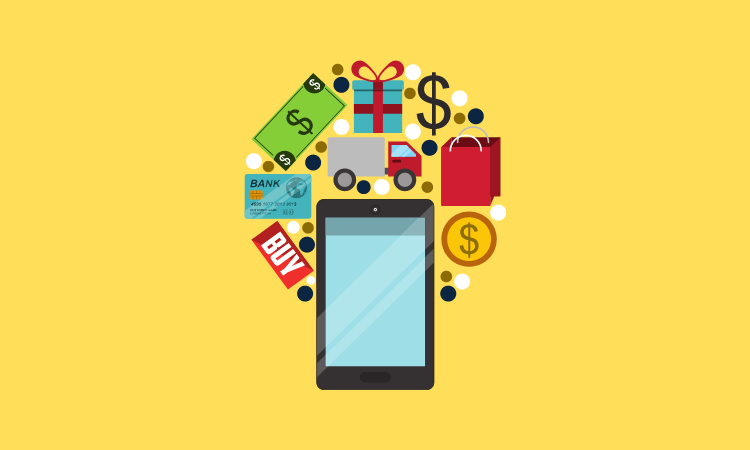Member Exclusive, The Customer Effect
The pandemic may be receding, but its effects on consumer banking aren’t
- Covid has changed the consumer’s relationship with cash, savings, and digital banking.
- It’s becoming increasingly likely that these changes will far outlive the pandemic.








